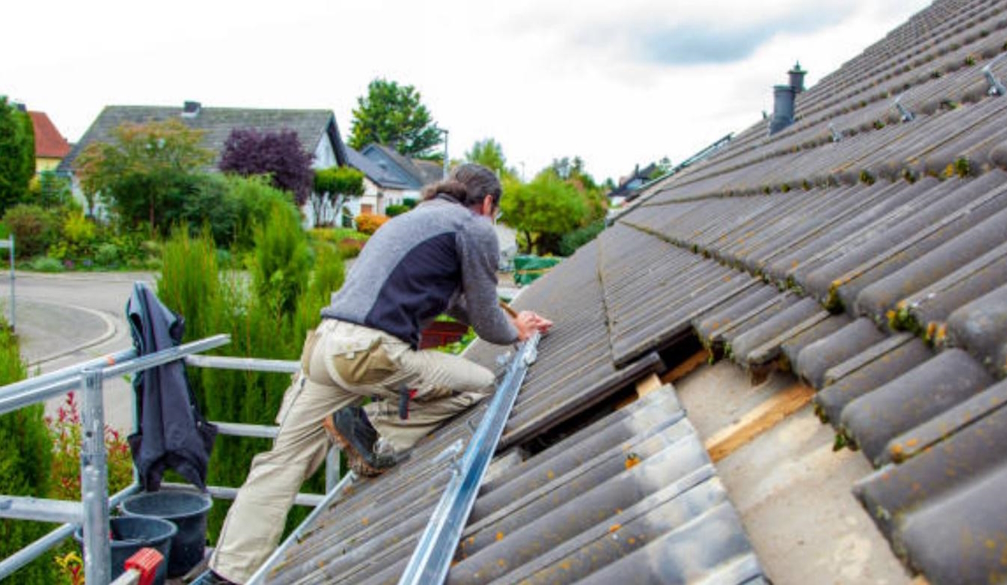Asbestos Testing: Vital Safety Measure for Australian Properties

Asbestos once widely used in construction is now known for its serious health risks. This material was commonly used in homes offices and industrial buildings across Australia until the 1980s. As a result many older buildings still contain it. This has created a demand for professional asbestos testing. Without its people may unknowingly expose themselves to dangerous asbestos fibres which can cause long-term health problems. This article will explore why asbestos testing is important how it works, and the steps involved in ensuring a building is safe.
Key Legal Requirements and Compliance Guidelines
In Australia strict regulations govern how asbestos is managed in both residential and commercial properties. The Work Health and Safety Act places a legal duty on property owners and employers to identify asbestos in buildings. If it is found in a workplace the property owner must prepare a management plan. This plan details how the asbestos will be monitored encapsulated or removed. For residential properties homeowners are responsible for ensuring any asbestos testing is done by a licensed professional. DIY removal is not only dangerous but also illegal in many states. The Asbestos Safety and Eradication Agency provides guidelines on safe management and removal in residential settings.
Why Asbestos Testing is Essential for Health and Safety Protection
Given the potential health risks asbestos testing is critical for the safety of anyone living or working in an older building. The existence of it does not always pose an immediate risk if the material is undamaged. However, during renovations repairs or demolition asbestos fibres can become airborne putting workers and residents at risk. In Australia strict regulations govern asbestos testing and removal. The Work Health and Safety Regulations require property owners to identify and manage asbestos risks in both residential and commercial buildings. Without testing the risks remain hidden endangering health and complicating future remediation efforts. Early detection lets proper management or removal ensuring the safety of occupants and workers.
Understanding the Serious Risks Posed by Asbestos Exposure
Asbestos is a naturally happening mineral that was valued for its strength insulation properties and resistance to fire. Its versatility made it a popular choice in construction materials like cement roofing and insulation. However asbestos fibres are extremely hazardous when disturbed. Whenever you inhaled, they can become lodged in the lungs leading to a range of health issues. These issues can take years even decades to develop. Asbestos exposure is linked to several serious diseases. The most well-known of these is a condition that scars the lungs making it difficult to breathe. It can also lead to lung cancer and making it right to manage asbestos materials securely.
Essential Actions to Follow When Asbestos is Detected
If asbestos is discovered through testing the next steps depend on the condition and location of the material. If the asbestos is undamaged and unlikely to be disturbed it can often be left in place. This is recognized as encapsulation where the asbestos-containing material is sealed to prevent fibres from escaping. Nonetheless uncertainty the asbestos is in poor condition it will need to be removed by a licensed asbestos removalist. It’s important to note that only licensed professionals can legally remove asbestos in Australia. The testing process involves specialised equipment protective clothing and safe disposal methods.
Asbestos leftovers ought to be disposed of at permitted objections to prevent further contamination. A specialist asbestos assessment and testing organization will help with recognizing the presence of asbestos promising it is supervised safely and according to Australian guidelines. Whether you are a residential or commercial property holder, asbestos testing is a critical stage in keeping a safeguarded environment.









